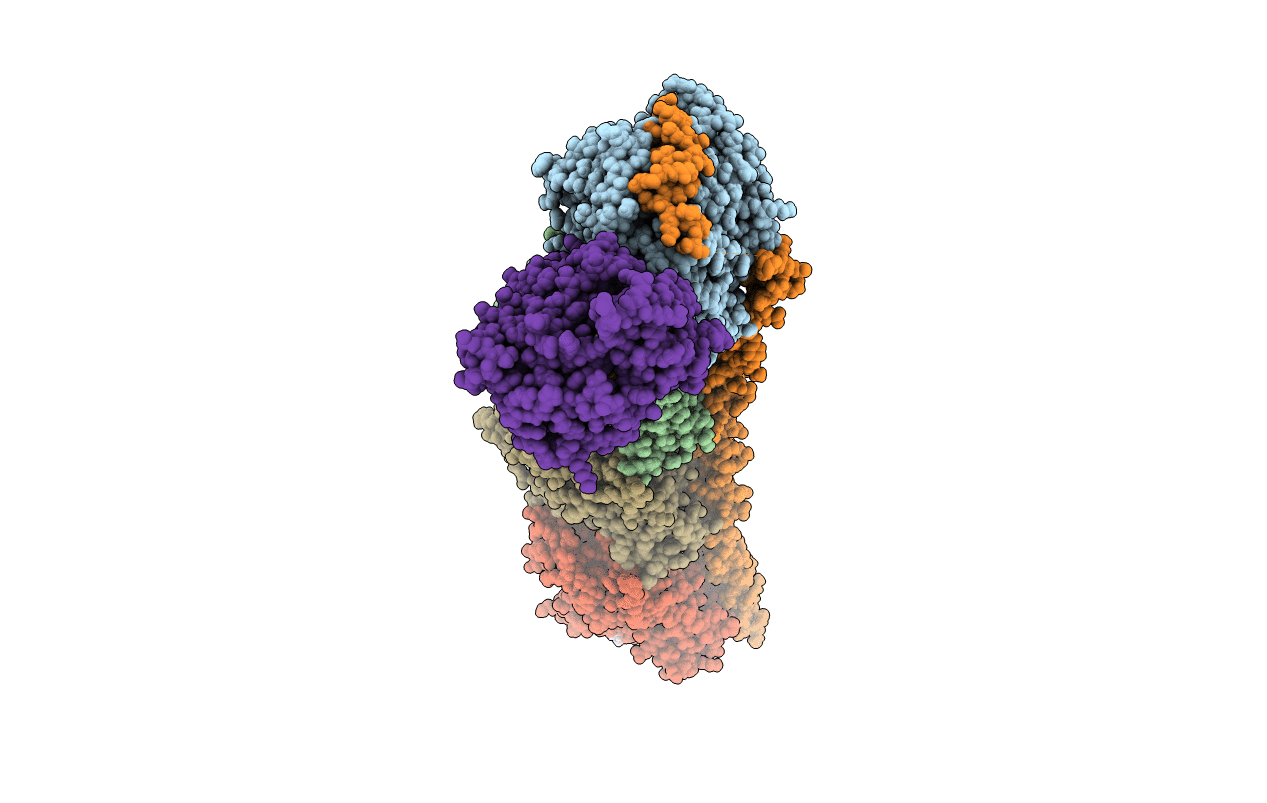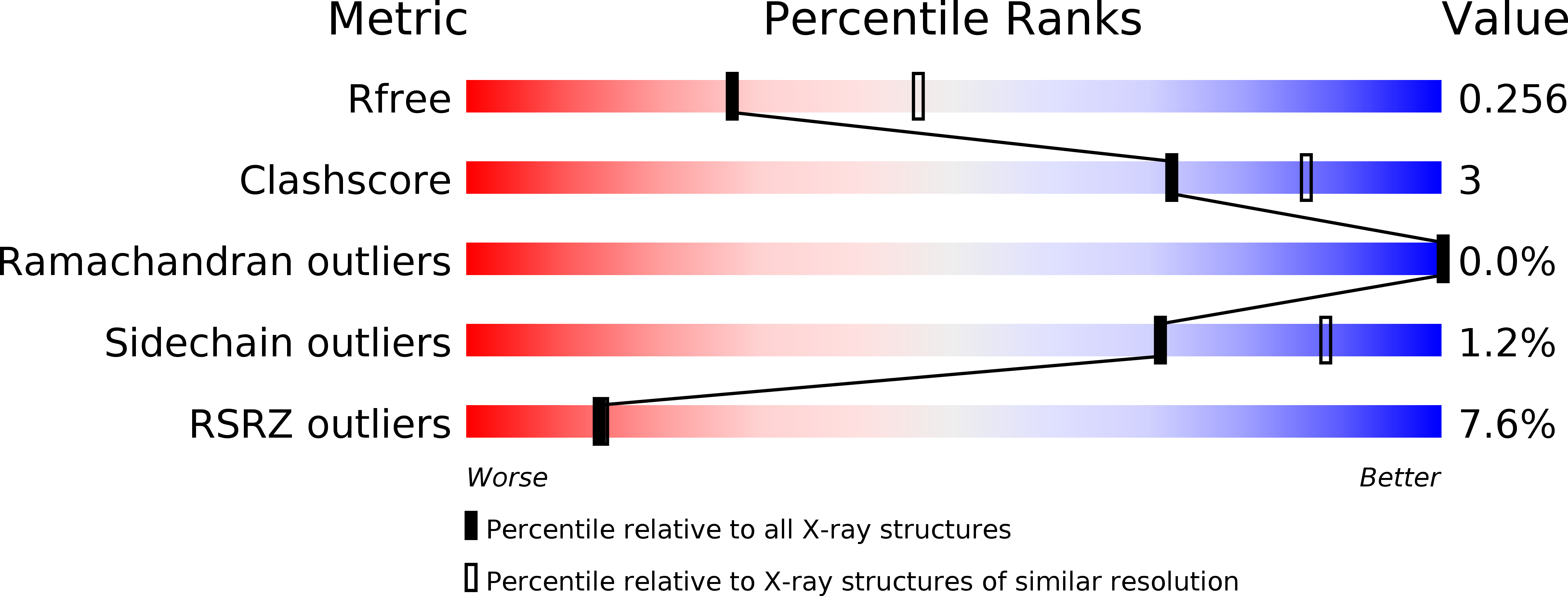
Deposition Date
2016-03-30
Release Date
2016-08-17
Last Version Date
2024-11-20
Entry Detail
Biological Source:
Source Organism:
Rattus norvegicus (Taxon ID: 10116)
Gallus gallus (Taxon ID: 9031)
synthetic construct (Taxon ID: 32630)
Bos taurus (Taxon ID: 9913)
Gallus gallus (Taxon ID: 9031)
synthetic construct (Taxon ID: 32630)
Bos taurus (Taxon ID: 9913)
Host Organism:
Method Details:
Experimental Method:
Resolution:
2.50 Å
R-Value Free:
0.24
R-Value Work:
0.21
R-Value Observed:
0.21
Space Group:
P 21 21 21


